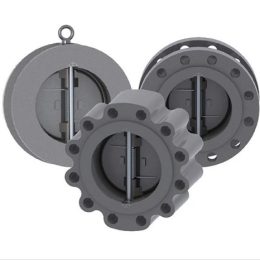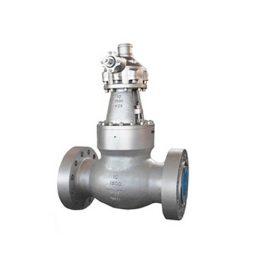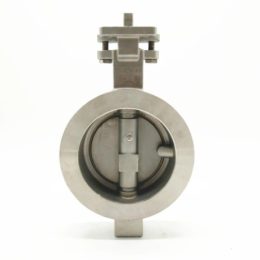
Casted Trunnion Ball Valve
Casted Trunnion Ball Valve Description
Casted Trunnion Ball Valve is a valve whose opening and closing parts are driven by the valve stem and rotate around the axis of the ball valve. It can be used for fluid adjustment and control, and it is also particularly suitable for media containing fibers, small solid particles, etc. Casted Trunnion Ball Valve has a wide range of applications, from simple water pipelines to highly corrosive chemicals to nuclear power plants.
Casted Trunnion Ball Valve has low fluid resistance, and its resistance coefficient is equal to that of pipe sections of the same length. In addition, its structure is relatively simple, small in size and light in weight. In addition, it is tight and reliable, and the sealing surface material of the ball valve is widely used in plastics and has good sealing performance. It has also been widely used in vacuum systems.

Technical Specifications:
| Specification | Description |
|---|---|
| Sizes | 2 to NPS 48 |
| Pressure Class | 150 to 2500 |
| Casting Materials | A216 WCB, A351 CF3, CF8, CF3M, CF8M, A995 4A, 5A, A352 LCB, LCC, LC2 |
| Bore | Full or Reduced Bore |
| Connection | RF, RTJ, or BW |
| Entry Design | Side entry, or top entry |
| Block & Bleed | Double Block & Bleed (DBB),Double Isolation & Bleed (DIB) |
| Seat Injection | Emergency seat and stem injection |
| Anti-Static | Anti-Static Device |
| Extended Stem | Cryogenic or High Temperature Extended Stem |
DESIGN STANDARD
Design & manufacture according to API 6D, API 608, ISO 17292
Face-to-face according to API 6D, ASME B16.10
End Connection according to ASME B16.5, ASME B16.47, MSS SP-44 (NPS 22 Only)
Test & inspection according to API 6D, API 598
Fire-safe design according to API 6FA, API 607
Also available per NACE MR-0175, NACE MR-0103, ISO 15848
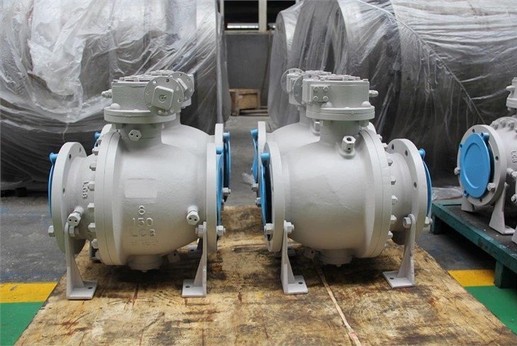
Types of Casted Trunnion Ball Valve
- Full Bore: A full bore casted trunnion ball valve has a larger ball and a larger opening, allowing for higher flow rates and lower pressure drops. It is commonly used in applications where the flow rate is critical, such as in pipelines and refineries.
- Reduced Bore: A reduced bore casted trunnion ball valve has a smaller ball and a smaller opening, which reduces the flow rate but increases the pressure drop. It is commonly used in applications where the pressure drop is not critical, such as in chemical plants and power plants.
- V-Port: A V-port casted trunnion ball valve has a V-shaped ball, which allows for better control of the flow rate. It is commonly used in applications where precise flow control is required, such as in the food and beverage industry.
Applications of Casted Trunnion Ball Valve
Casted trunnion ball valves are ideal for handling high-pressure and high-temperature applications, making them suitable for use in a variety of industries. They are also capable of handling corrosive chemicals, which is a significant advantage in the chemical industry. Additionally, casted trunnion ball valves have low fluid resistance, and their structure is relatively simple, small in size, and light in weight. This makes them easy to install and maintain, making them a popular choice for many applications.
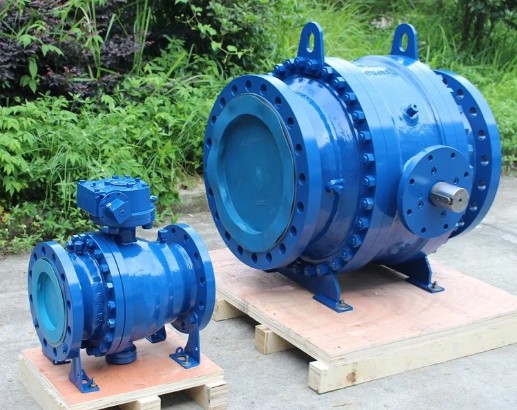
Applications of Casted Trunnion Ball Valve
- Oil and Gas Industry: Casted trunnion ball valves are commonly used in the oil and gas industry to control the flow of oil and gas through pipelines, refineries, and offshore drilling platforms. They are capable of handling high-pressure and high-temperature applications, which makes them suitable for use in these industries.
- Chemical Industry: Casted trunnion ball valves are commonly used in the chemical industry to control the flow of chemicals through pipelines and processing plants. They are capable of handling corrosive chemicals and high-pressure applications, which makes them suitable for use in these industries.
- Power Plants: Casted trunnion ball valves are commonly used in power plants to control the flow of steam and water through boilers and turbines. They are capable of handling high-pressure and high-temperature applications, which makes them suitable for use in these industries.
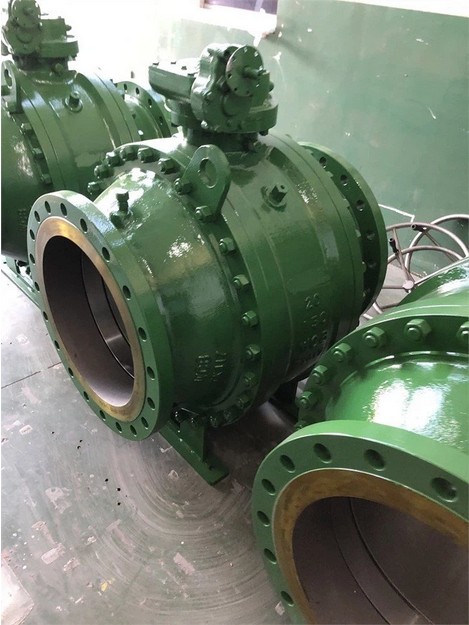
FAQs
- What are the advantages of a casted trunnion ball valve? The casted trunnion ball valve has several advantages, including low torque requirements, a tight seal against leakage, and the ability to handle high-pressure and high-temperature applications.
- What materials are used in a casted trunnion ball valve? The body is typically made of cast steel, while the ball, seat, and stem are typically made of materials such as stainless steel, alloy steel, or bronze.
- What industries use casted trunnion ball valves? Casted trunnion ball valves are commonly used in the oil and gas industry, chemical industry, and power plants.
- Can a casted trunnion ball valve be used for both on-off and throttling applications? Yes, a casted trunnion ball valve can be used for both on-off and throttling applications, depending on the specific design and configuration of the valve.
